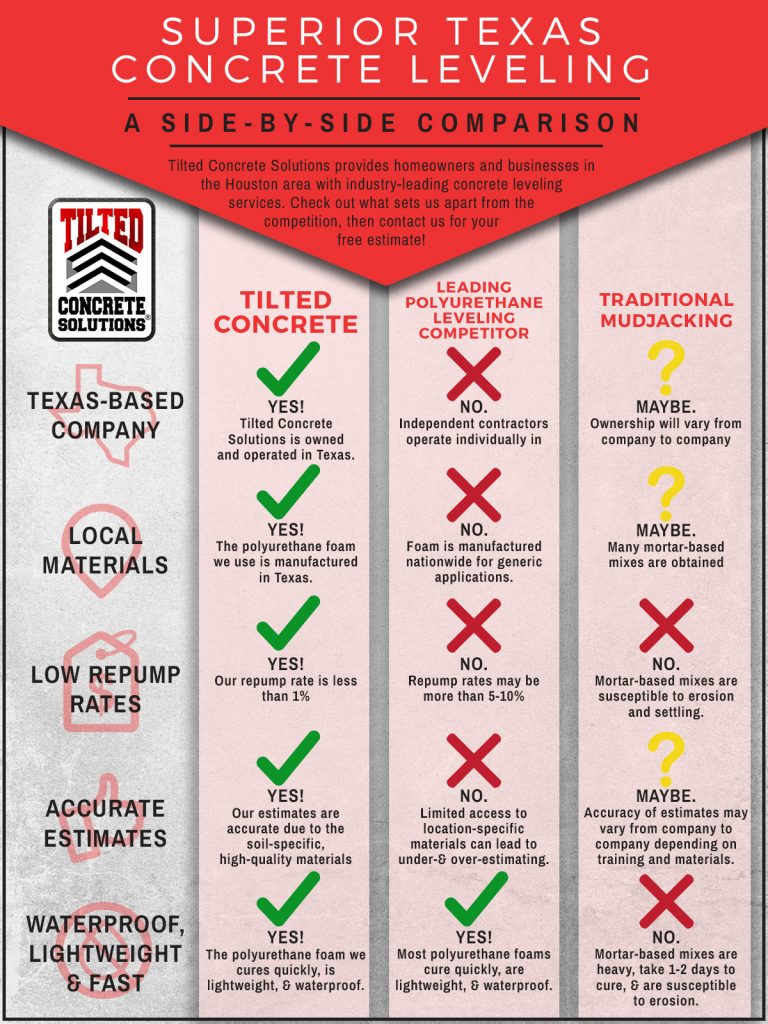Prior To Embarking On Your Painting Project, It Is Crucial To Understand The Main Distinctions In Between Exterior And Interior Paint. This Understanding Can Substantially Influence The Success Of Your Job
Prior To Embarking On Your Painting Project, It Is Crucial To Understand The Main Distinctions In Between Exterior And Interior Paint. This Understanding Can Substantially Influence The Success Of Your Job
Blog Article
Content Writer-Reimer Lynn
When you're selecting in between interior and exterior paint, it's necessary to understand their essential distinctions that influence both performance and appearances. Interior paints are crafted for reduced VOC levels and smoother coatings, making them optimal for indoor spaces, while exterior paints are made to sustain severe weather and UV direct exposure. Each type serves a distinctive purpose, but recognizing when to utilize one over the other can considerably affect your task's outcome. So, what aspects should you think about when making your selection?
Composition and Solution
When choosing in between exterior and interior paint, understanding their composition and solution is vital. Inside paints commonly include a reduced amount of unpredictable organic compounds (VOCs), making them safer for interior air top quality. You'll discover they typically have a smoother finish, which enhances their capacity to resist spots and allows for much easier cleaning. They're developed to hold up against the rigors of interior environments, including differing humidity degrees and temperature changes.
On the other hand, exterior paints are formulated to sustain harsher conditions. They usually consist of greater levels of pigments and ingredients to resist fading from UV rays, along with to avoid mold and mold development. Their composition includes a lot more binders and resins, which give much better attachment to surfaces subjected to the components. https://www.housedigest.com/1193537/painting-tips-that-even-hgtv-stars-swear-by/ makes certain the paint can endure rainfall, snow, and fluctuating temperatures without peeling or fracturing.
Efficiency and Longevity
Examining performance and sturdiness is necessary when picking between exterior and interior paint. Interior paint is made for surface areas that experience less deterioration. It typically withstands fading and scuffing, making it excellent for living areas and bed rooms. However, it may not hold up well in high-moisture locations like bathroom and kitchens without proper formula.
On the other hand, outside paint faces harsher problems. It's crafted to endure UV rays, rainfall, and temperature level fluctuations. This type of paint commonly contains ingredients that prevent mold and mold development, making sure longevity in different climates. When you use exterior paint, you can anticipate it to last several years longer than interior paint, supplied it's applied appropriately.
Another key distinction lies in the finish alternatives. Inside paints often have a selection of surfaces for aesthetic charm, while outside paints focus on toughness over luster. If you're searching for something that can take care of the elements, exterior paint is your best bet.
In https://interior-house-painters-n06936.bloggactif.com/32389825/evaluating-a-paint-contractor-s-dependability-considerable-warning-signs-to-display , if you're focused on indoor aesthetics with less concern for extreme problems, interior paint might be suitable. Eventually, your selection must straighten with the details needs of the environment.
Visual Factors to consider
A fresh layer of paint can transform a room, yet aesthetic considerations play a vital duty in your choice in between exterior and interior alternatives. When you're choosing paint, consider the state of mind you wish to produce. Interior paint permits you to discover a bigger variety of colors and finishes, allowing you to express your personal style and boost your home's setting. Whether you choose soft pastels or vibrant tones, the ideal indoor paint can make your spaces feel relaxing, dynamic, or calm.
On the other hand, outside paint needs to align with your home's style and the surrounding environment. Right here, you're not just making a style statement; you're likewise taking into consideration visual charm. Selecting shades that integrate with your neighborhood can enhance your home's worth and aesthetic appeal. Bear in mind that outside paint is likewise based on fading and climate modifications, so selecting a classic shade can save you from constant repainting.
Ultimately, think about exactly how each choice fits your vision. By aligning your paint option with your preferred aesthetic, you can create rooms that mirror your individuality while maintaining functionality.
Conclusion
When it comes to picking paint, comprehending the essential differences in between interior and exterior options is essential. Interior paints concentrate on looks and reduced VOCs, making them ideal for boosting your interior spaces. In contrast, exterior paints are designed for sturdiness and weather condition resistance, securing your home from the elements. By considering your details demands and the environment, you can with confidence choose the best paint to accomplish the look and longevity you desire for your room.
